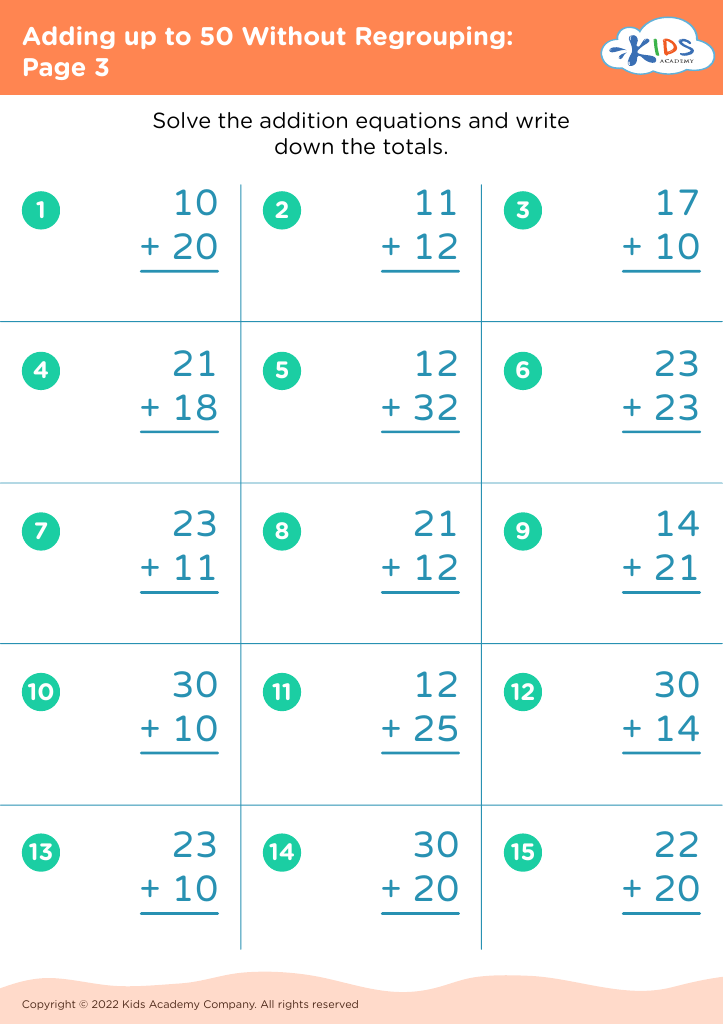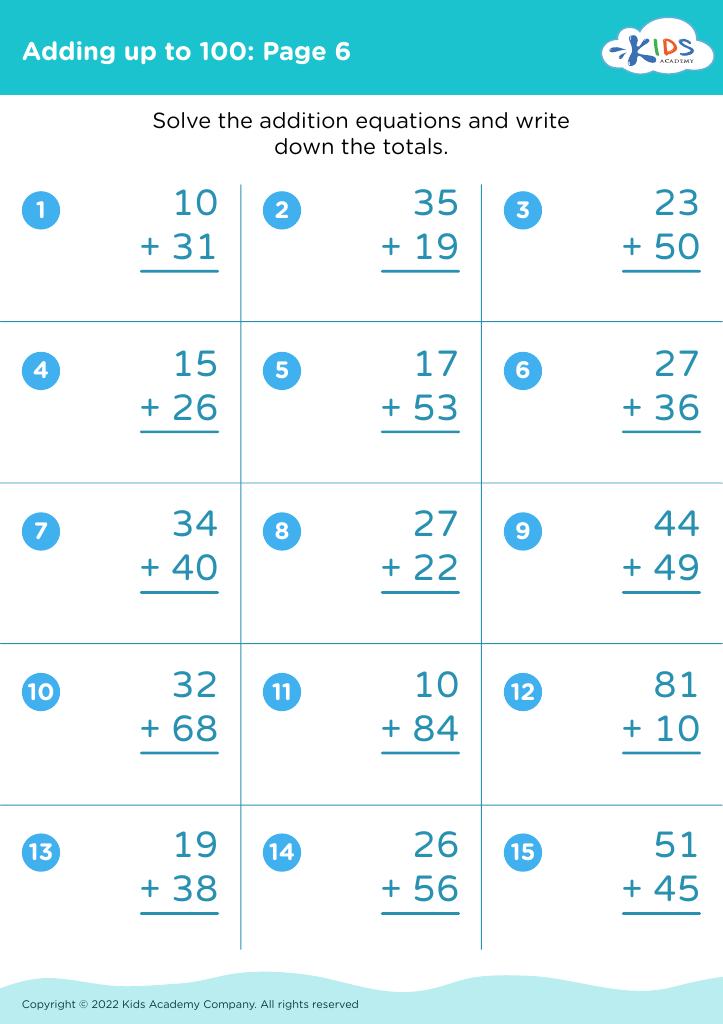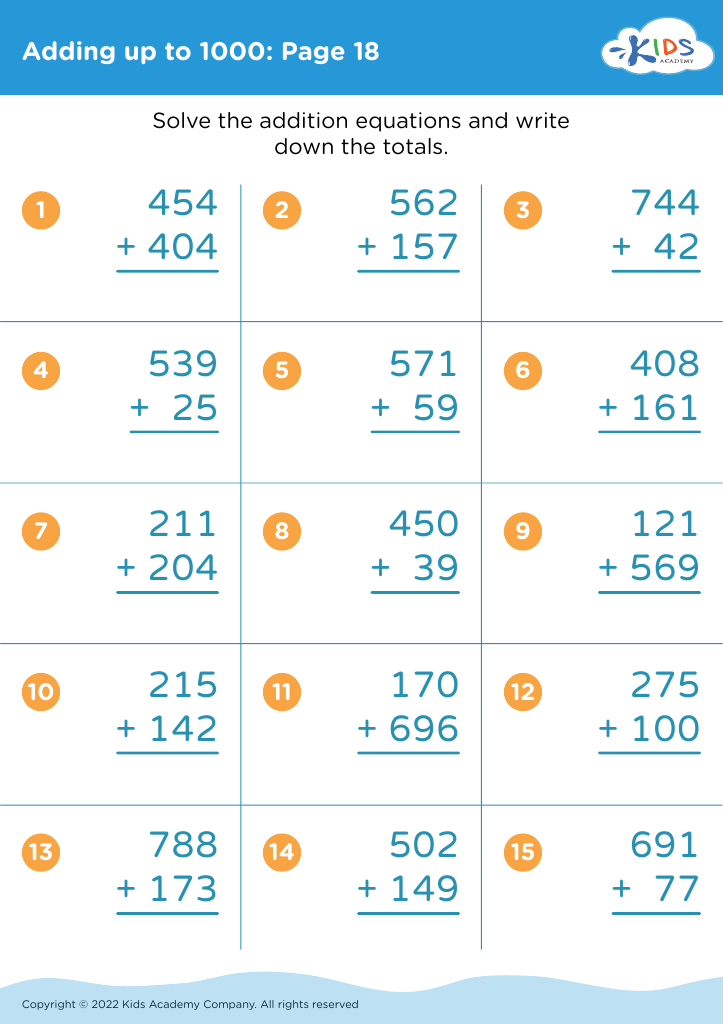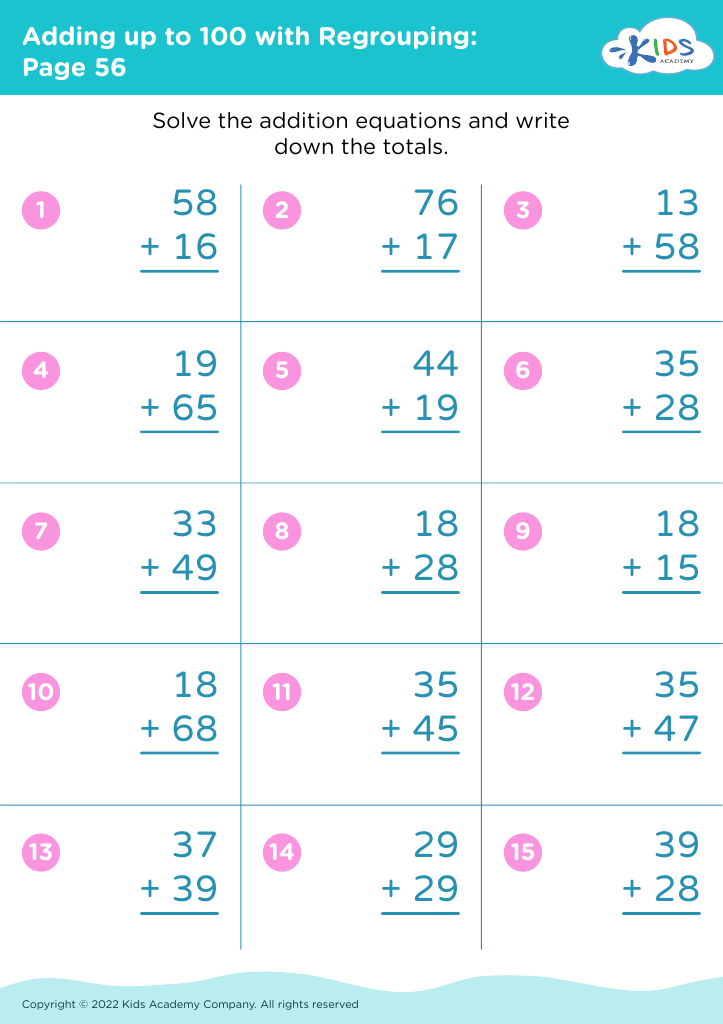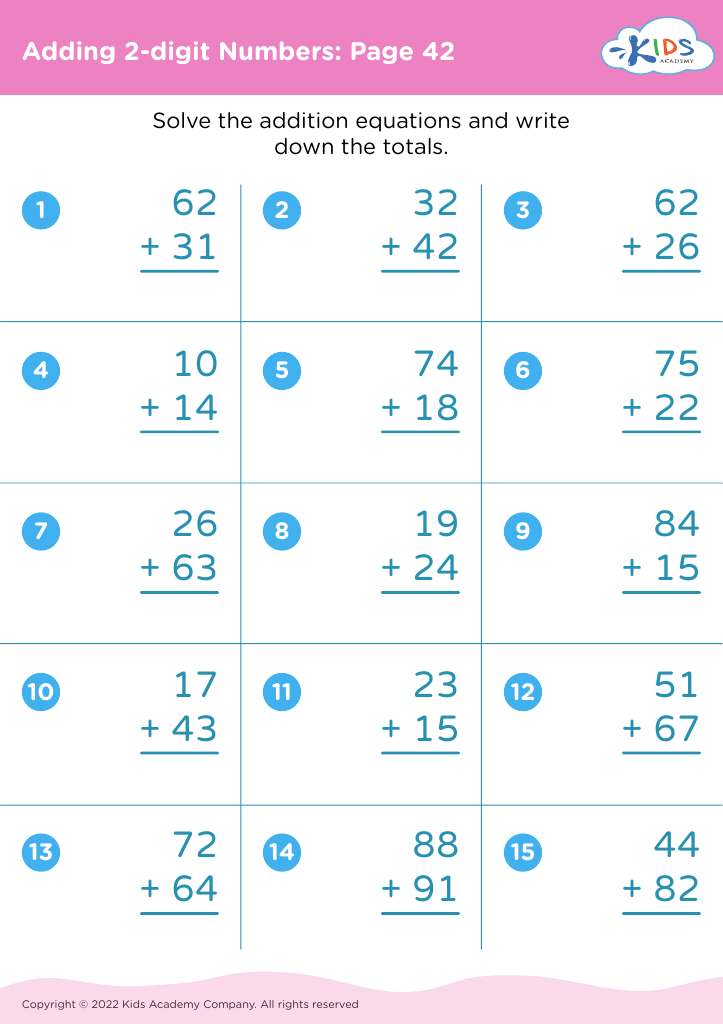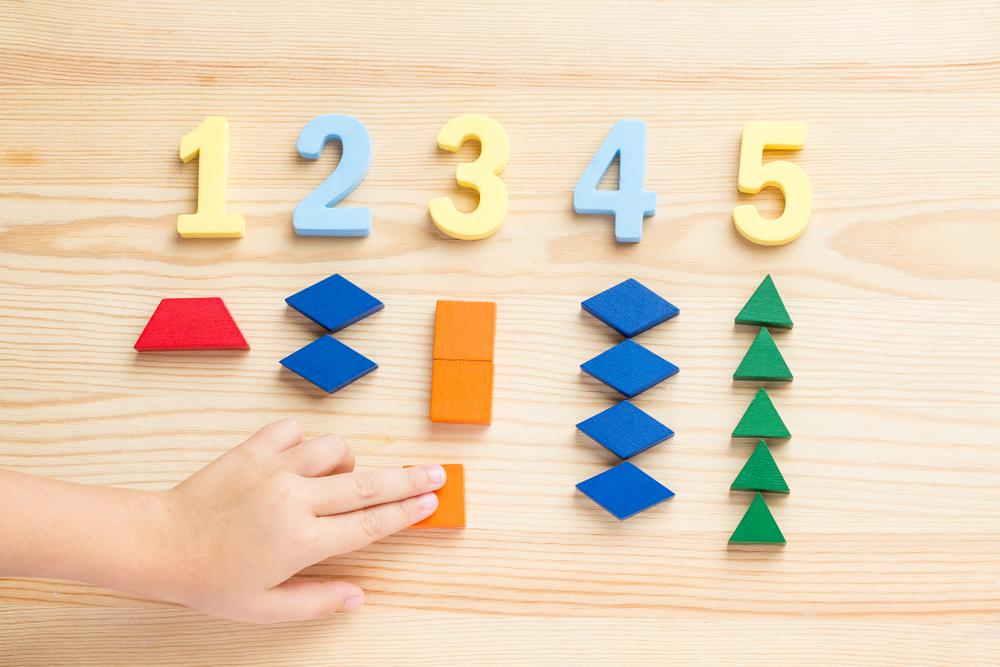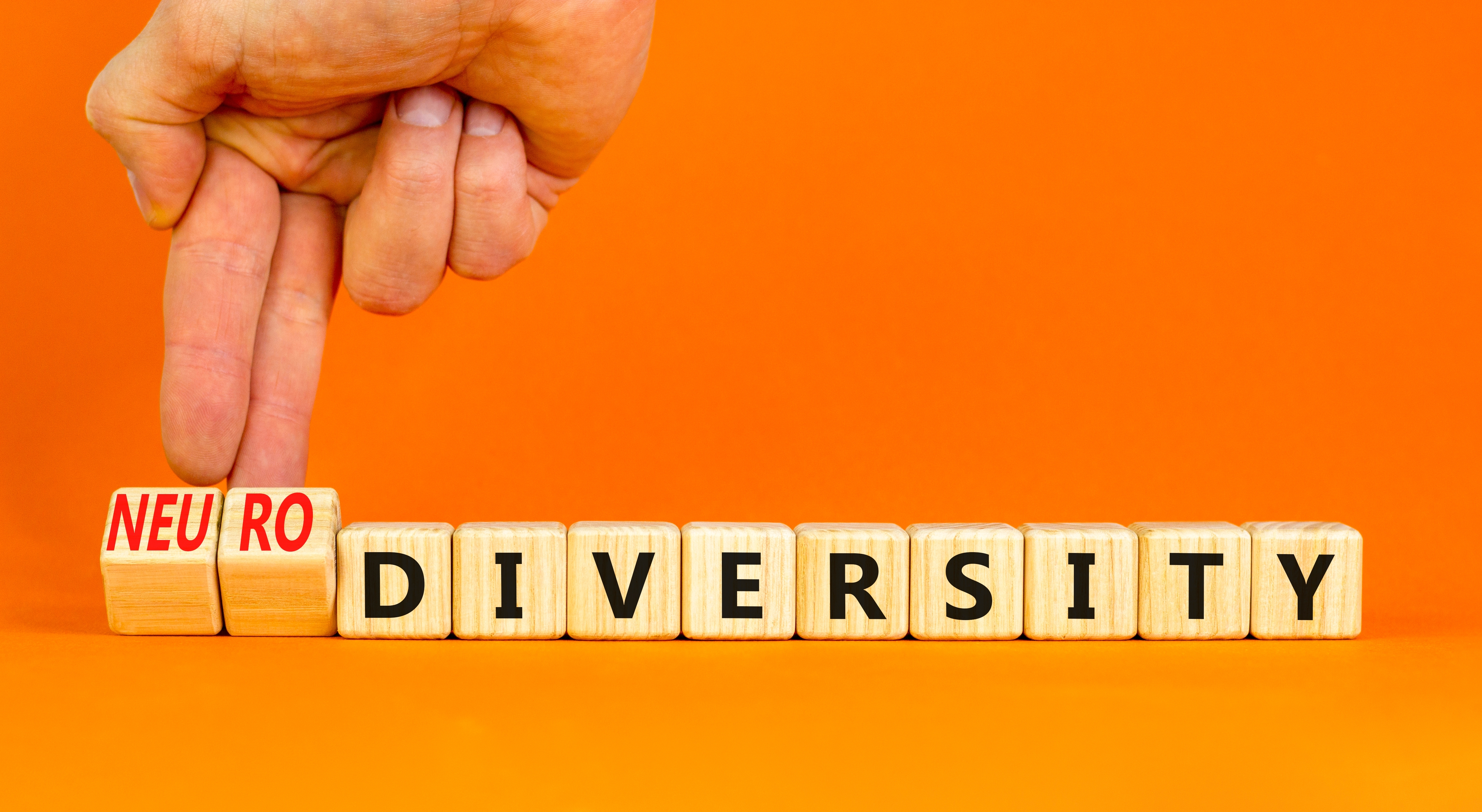Drawing skills Addition Worksheets for Ages 6-8
6 filtered results
-
From - To
Boost your child's math prowess with our Drawing Skills Addition Worksheets, specifically designed for ages 6-8. These engaging worksheets help young learners practice addition while fostering creativity through drawing activities. As children solve addition problems, they'll also illustrate their answers, reinforcing understanding and retention. Our fun and colorful designs capture their attention, making math enjoyable and interactive. Ideal for home or classroom use, these worksheets perfectly blend art and arithmetic. Encourage your child's artistic expression and math competence simultaneously, laying a strong foundation for future learning. Explore our Drawing Skills Addition Worksheets today and watch their confidence and skills grow!
Drawing skills play a vital role in the cognitive and social development of children aged 6-8, making it essential for parents and teachers to prioritize these skills. At this developmental stage, children are not only refining their fine motor skills but also engaging in creative expression, which is crucial for emotional and cognitive growth. Drawing helps children convey their thoughts and feelings, fostering communication and confidence in expressing themselves.
Incorporating drawing into learning activities, such as addition, enhances the conceptual understanding of mathematical ideas. Visual representation, such as drawing objects or using diagrams, allows children to grasp the relationship between numbers more intuitively. This multi-sensory approach makes mathematics more engaging and accessible, particularly for visual learners.
Moreover, drawing can serve as a gateway to collaborative learning experiences. When children share their drawings with peers or engage in group activities centered around creative expression, they enhance their social skills and build connections with classmates.
By supporting the development of drawing skills during these formative years, parents and teachers cultivate not only artistic talent but also critical thinking, problem-solving, and collaborative skills, preparing children for a well-rounded educational experience in both art and academic subjects.

